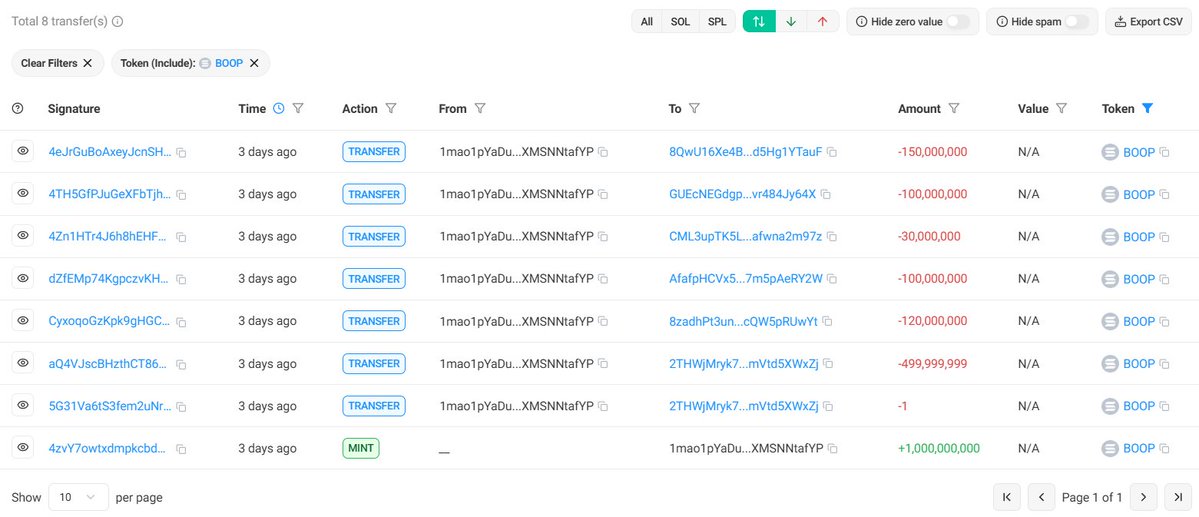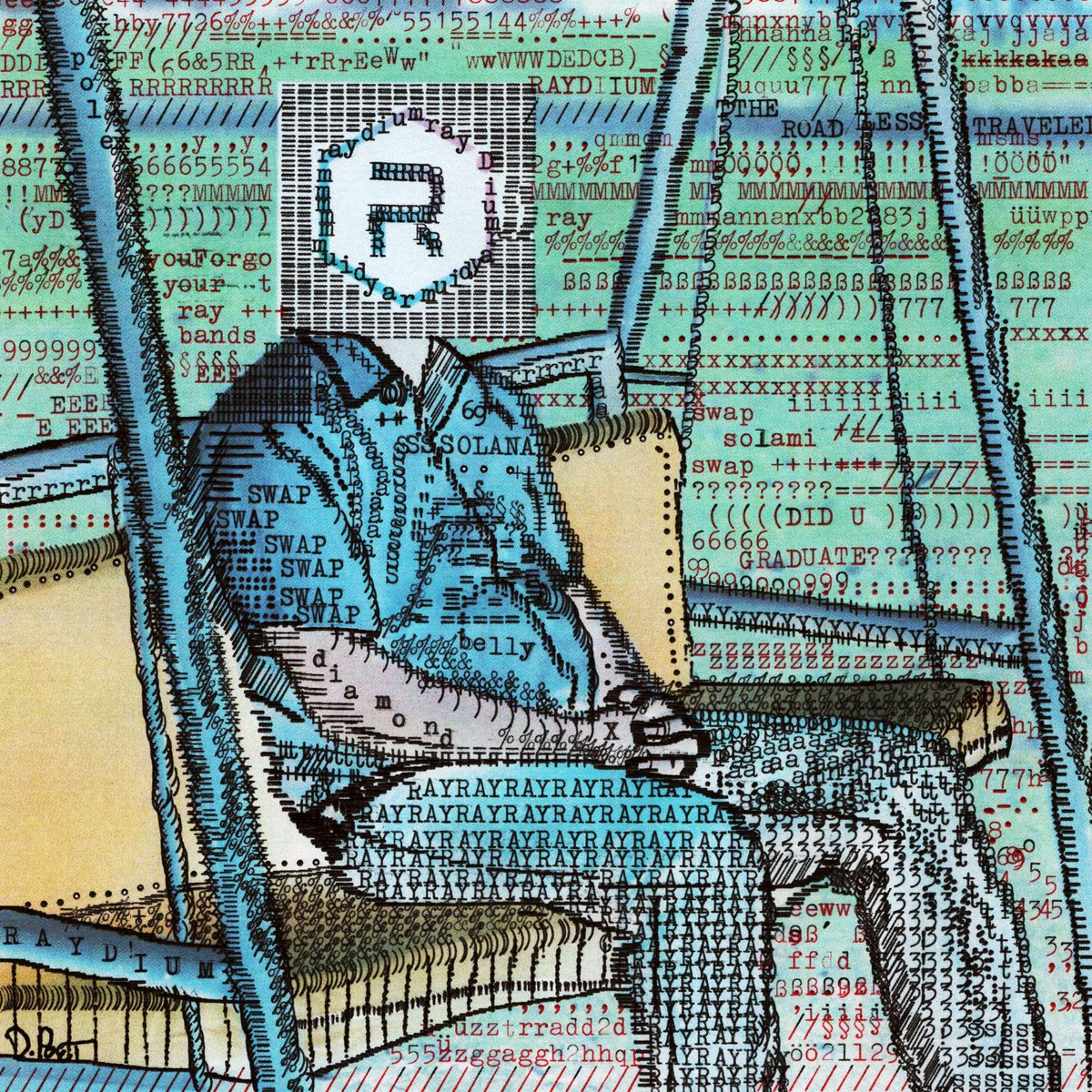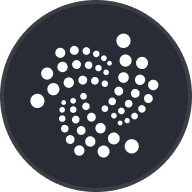Automatizovaní tvůrci trhu (AMM), jako je Raydium (RAY), sehráli významnou roli v pokroku decentralizace krypto průmyslu. Zásadním krokem bylo zavedení decentralizovaných burz (DEX). Přesto trvalo nějakou dobu, než se staly efektivními, zatímco centralizované burzy (CEX) zůstaly oblíbené díky svým nižším nákladům a vnímané bezpečnosti.
Zavedení a přijetí AMM, jako je Raydium (RAY), vyřešilo problémy s likviditou, se kterými se potýkaly první DEXy, což vedlo k lepší uživatelské zkušenosti.
Co je to Raydium?
Raydium je AMM postavený na blockchainu Solana. Slouží jako poskytovatel likvidity pro burzu Serum DEX podle populárního modelu Uniswap. Díky řadě výkonných funkcí přispívá Raydium k růstu DeFi v síti Solana. Platforma usnadňuje obchodování, výnosové farmaření, pooly likvidity a dokonce provozuje launchpad s názvem AcceleRaytor.
Tým Raydium
Tým Raydium vede osoba pod pseudonymem AlphaRay, která dohlíží na celkovou strategii, provoz, směřování produktů a rozvoj podnikání. AlphaRay má zkušenosti s algoritmickým obchodováním s komoditami a do projektu přináší cenné odborné znalosti. XRay je vedoucím vývojářského týmu projektu a technickým ředitelem a přináší osmileté zkušenosti v oblasti obchodování a architektury systémů s nízkou latencí. GammaRay má na starosti marketing, komunikaci, strategii a produktové směřování, přičemž využívá svých dlouholetých zkušeností v oblasti analýzy dat a průzkumu trhu.
Jak Raydium funguje?
Raydium je unikátní tím, že poskytuje likviditu v řetězci centrálnímu limitnímu order booku, čímž se odlišuje od většiny ostatních AMM. Prostředky vložené do systému Raydium se převádějí na limitní příkazy (limit orders) a umisťují se do Serum order booků. Tento inovativní přístup poskytuje poskytovatelům likvidity přístup k toku příkazů (order flow) společnosti Serum.
RAY: Nativní token Raydium
RAY je nativní kryptoměna Raydium, která byla představena v únoru 2022. Maximální zásoba je 555 milionů tokenů RAY, celková zásoba je v současné době mírně pod tímto číslem a činí 554 999 824,19 RAY. K červnu 2023 tvoří zásoba v oběhu přibližně 38,69 % maximální zásoby, což činí přibližně 214,7 milionu tokenů RAY.
Případy použití RAY
Hlavním případem použití nativního tokenu RAY společnosti Raydium je správa. Držení RAY umožňuje uživatelům hlasovat o důležitých rozhodnutích týkajících se projektu a předkládat své návrhy ke zvážení komunitě. Uživatelé mohou token také stakovat, aby získali poplatky za protokol a přístup k alokacím IDO. Stejně jako ostatní kryptoměny je i RAY obchodovatelný a lze jej použít k obchodování a investování.
Distribuce RAY
Distribuce RAY je následující:
- 34 % se vyplácí jako bloková odměna za těžbu.
- 30 % je určeno na partnerství a rozvoj ekosystému.
- 20 % je v držení týmu.
- 8 % je použito na zajištění likvidity.
- 6 % je určeno pro komunitní pool.
- 2 % jsou určena pro poradce.
Budoucnost Raydium
Budoucnost Raydium vypadá slibně a mezi AMM je unikátní Jeho přístup spočívající ve využívání centrální knihy příkazů (order book) burzy DEX pro sdílení likvidity umožňuje rychlejší obchodování. Kromě toho Raydium nabízí atraktivní příležitosti pro výnosové farmaření a nativní launchpad, což z něj činí cenný přínos v ekosystému Solana. Vzhledem k tomu, že se na jeho funkce spoléhá stále více uživatelů, je zajištěna užitečnost a udržitelnost projektu, což přitahuje dlouhodobé obchodníky.



























Sociální sítě